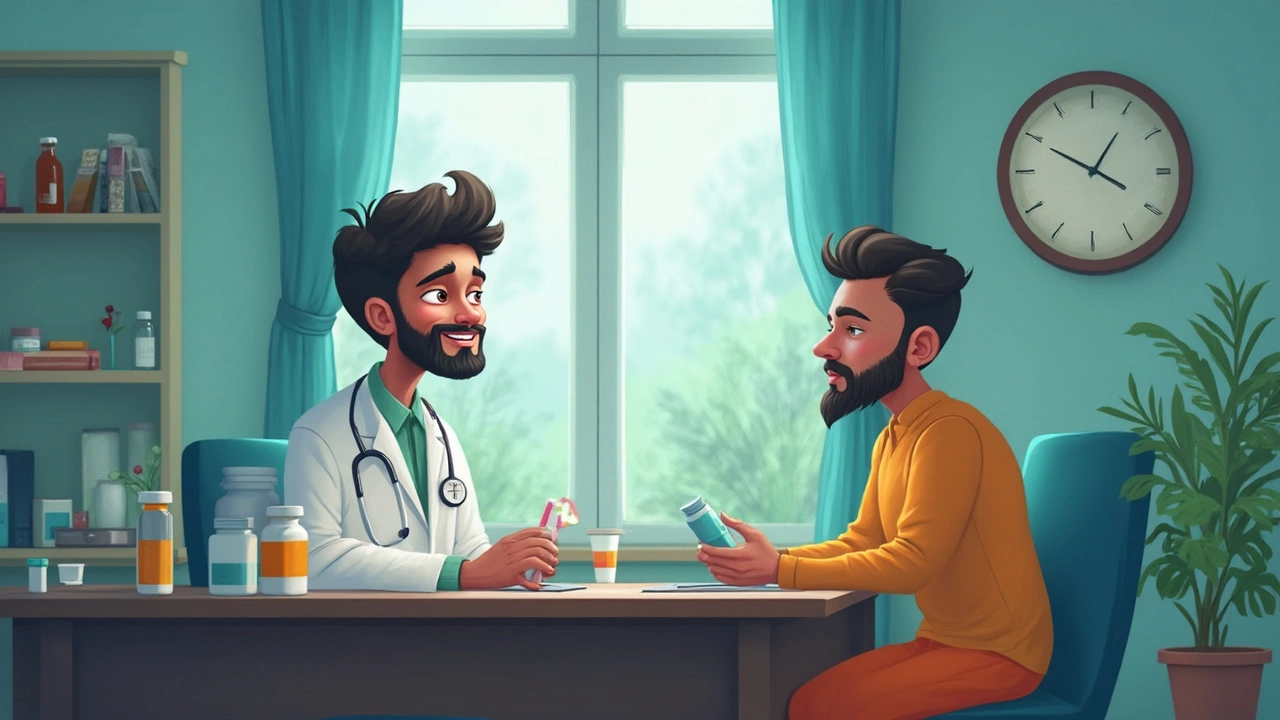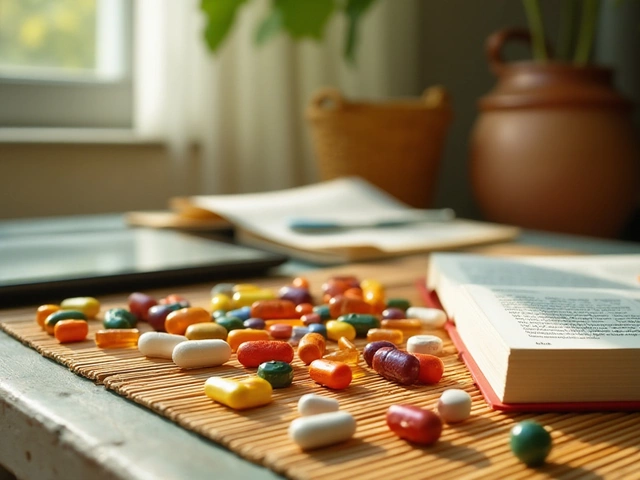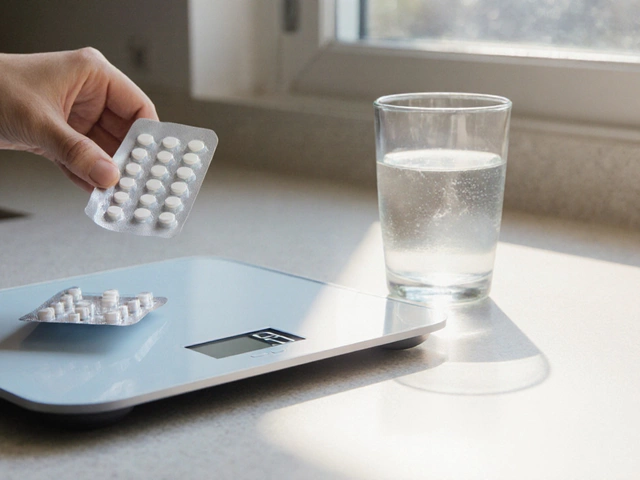Safest Diabetes Drugs: Picking Low‑Risk Medication for Your Health
When you start a diabetes regimen, safety often tops the list. You want a pill that controls sugar without dumping your liver, kidneys, or wallet into trouble. Below we break down the most trusted options, what to watch for, and how to keep side‑effects to a minimum.
Why Safety Matters More Than Ever
Diabetes medicines sit in your body every day, so any hidden toxicity can add up. In India, some brands hide extra fillers that irritate the gut or raise blood pressure. Choosing drugs with a clean track record means fewer doctor visits, less lab work, and smoother day‑to‑day life.
Top Low‑Risk Diabetes Medications
Metformin – This is the first‑line drug for type 2 diabetes worldwide. It works by lowering glucose production in the liver and improving insulin sensitivity. Most people tolerate it well; the common side‑effects are mild tummy upset, which you can dodge by starting with a low dose and taking it with food.
SGLT2 Inhibitors (e.g., dapagliflozin, empagliflozin) – These help the kidneys flush excess sugar through urine. They have a good safety profile when kidney function is normal. Watch out for rare urinary infections, but staying hydrated and spotting early signs keeps risk low.
GLP‑1 Receptor Agonists (e.g., semaglutide, tirzepatide) – Originally created for weight loss, they also lower blood sugar. Newer studies show they’re safe for most patients, though nausea can happen at first. Starting with a tiny dose and gradually increasing usually smooths it out.
Thiazolidinediones (e.g., pioglitazone) – These improve how cells respond to insulin. They’re generally safe but can cause fluid retention, so they’re best for people without heart failure.
Each drug’s safety hinges on your personal health picture—age, kidney health, liver function, and any other meds you’re on. Talk to your doctor about lab tests before you begin and after a few weeks of treatment.
For those wondering about everyday foods, the answer is simple: most diabetes drugs don’t clash with common fruits. For example, eating bananas while on metformin is fine; the fruit’s carbs won’t spike your sugar if you keep portion size in check.
Another hot topic is the hype around Ozempic (semaglutide). While it’s effective for weight loss, it’s also a legitimate GLP‑1 drug for diabetes. If you hear celebrity stories, remember the drug still requires a prescription and monitoring.
In practice, the safest way to start any diabetes medication is to begin low, go slow, and keep an eye on how you feel. Note any stomach issues, dizziness, or changes in urination and report them promptly. Most side‑effects fade as your body adjusts.
Finally, remember that medication is just one piece of the puzzle. Pairing the right drug with a balanced diet, regular walks, and stress management gives you the best chance at stable blood sugar without surprise complications.
Use this guide as a quick reference when you chat with your doctor or pharmacist. Knowing the low‑risk options empowers you to stay in control of your diabetes journey.

Safest Diabetic Medications: What's Best for You?
Choosing the safest medication for diabetes isn't one-size-fits-all. Several factors like type of diabetes and individual health needs play a crucial role. This article explores the most dependable diabetes drugs, highlighting their safety profiles, and provides practical guidance for selecting the best option. Discover which medications offer the right balance of effectiveness and safety.

Can You Safely Take Multiple Vitamins Together?
Jan, 23 2025



